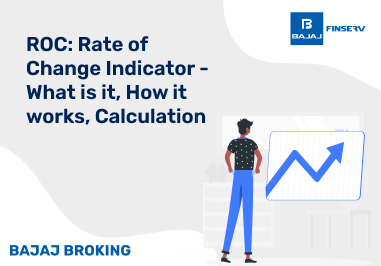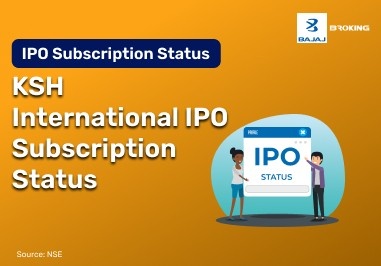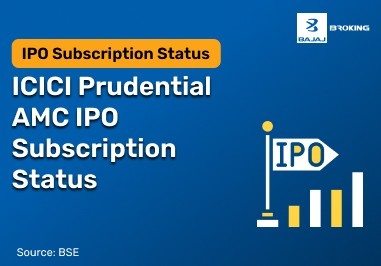What is the best strategy to determine entry and exit points in intraday trading?
- Answer Field
-
The best strategy involves combining intraday entry and exit strategies such as breakout levels and moving averages. These strategies help identify when to act, ensuring trades align with market trends while minimising risks.














